 |
| BMX Bad Boys can't resist cargo bike |
 |
| Will of BoxCycles and Josh of Portland Velocipede |
Typically, a European manufacturer will sell bicycles in N. America through a distributor. The distributor imports the bicycles in batches at wholesale prices, then sells them to bicycle shops throughout the region. Some distributors specialise in a single manufacturer, while others represent a variety of brands. Distributors exist, because it is often not possible for individual bike shops to commit to large enough orders from the manufacturer directly to justify the shipping and import costs. It is also quite time consuming to form relationships, negotiate prices, and navigate currency exchange rate changes with manufacturers in the EU, and bike shops tend to have their hands full with a million other things. So the distributor takes care of this and enables bike shops to place small orders. Where it gets a little more complicated, is that some entities are both bike shops and distributors, but the above describes the gist of it in the majority of cases.
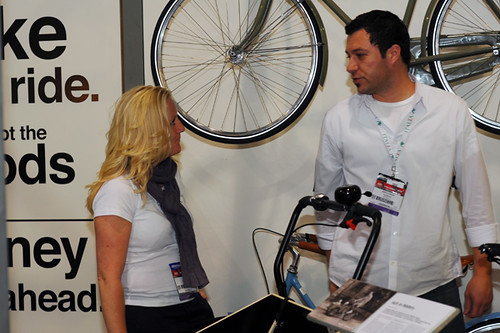 |
| Sussi of Biomega with Boston-based Distributor |
Possibly, especially if it's a small manufacturer. But to buy a single bike in this manner is painfully expensive. Manufacturers are typically committed to using specific shipping methods (which include the services of a broker), and it can cost as much as $400 once you are done paying customs and broker fees to deliver the bicycle to an American address - and this will be on top of the retail price they will charge you, since you will not be buying wholesale. If the bicycle you want is not sold in North America, you are better off finding a retailer abroad who sells it and buying it from them, as they are more likely to use standard international shipping methods.
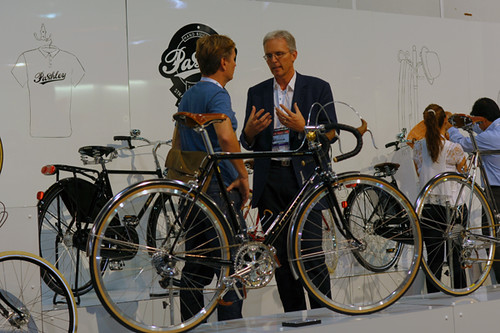 |
| Adrian of Pashley Cycles and Chris of AdventureCORPS |
If a bicycle is not sold in your local bike shops but there is a North American distributor for it, they will usually be willing to sell it to you directly - albeit at retail prices. This means that it will cost you the same to buy the bike from the distributor as it would to buy it from a bike shop in another part of the country - so it really becomes a matter of shipping costs. If the distributor is closer to you, then it's a good idea to go through them as shipping will be cheaper. Otherwise, it makes more sense to find the nearest bike shop that carries this bicycle and order from them.
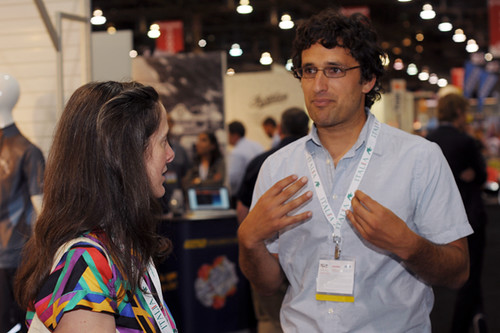 |
| Julie of Adeline Adeline and Josef of Flying Pigeon LA |
Importing European city bikes is costly, because it is still a specialty item in North America and even at the distributor level the orders are not huge. The orders are not huge also because many of the manufacturers are small and can only produce so much volume at a time. So all these costs of import tax, currency conversions, shipping, broker fees, dealer markups, etc., get divided over a relatively small number of bikes, which reflects in the retail prices.
Do bike shops make large profits on bicycle sales?
I am not sure whether I am "allowed" to reveal actual numbers, but the markup for the bicycles themselves is eyebrow-raisingly small. Most of the money is made on accessories and components, where the markup is considerably higher. This is counterintuitive for most shoppers and I myself was surprised to learn it, but that's indeed how it is. It is particularly true for bikes that are handmade in the EU, which are costlier to produce and leave little room for markups without the retail price becoming ridiculous.
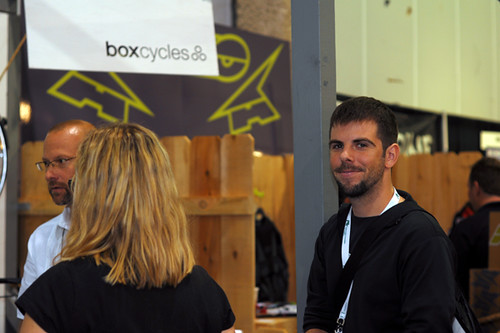 |
| Jordan of Bicycle Space DC |
Try talking to them about it. Seriously, give it a try and tell your friends to do so as well. Look up the distributor for the manufacturer whose bike you'd like to try, and give the bike shop owner their contact information. Especially if it's a small bike shop and if the distributor's terms are favourable (small minimal order, etc.), they might be willing to give it a go if customers seem interested. The distributor may even be willing to bring over a floor model to the bike shop and leave it there for a few days to see how customers react. It all depends on the human factor - i.e. the attitudes of the distributor and the bike shop owner, and the enthusiastic persuasiveness of the customer. If there is evidence of local demand, few bike shops will ignore it.
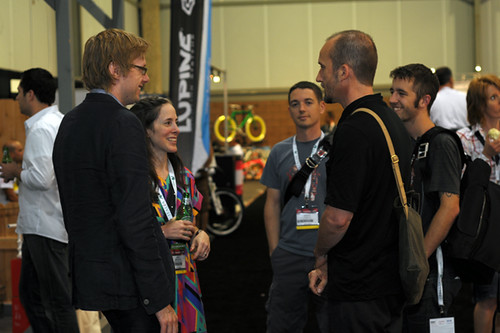 |
| The staff of CleverCycles and AdelineAdeline |
Though in 2008-2009 some worried that the budding interest in European city bikes could be a passing fad, demand has been rising steadily - as is evident by the increasing number of specialty shops popping up across North America. Mind you, it hasn't been perfect. Some distributors have gone out of business and new ones have sprung up. Some manufacturers have become infamous for quality control issues and bike shop employees roll their eyes when those brands are mentioned. Some customers who purchased bikes in the early days were ultimately unhappy with the weight or limited gearing, and a second-hand market has emerged. But over time more options have become available - from heavy-duty to lighter weight bicycles - and both customers and dealers have grown more informed about the nuances of the different types of bikes. There is more of an effort to match up the right owner with the right bike, as opposed to a "Dutch bikes for everyone/ heavy is good!" sort of attitude. Models with hill-friendly gearing options and more varied colour schemes have appeared due to popular demand as well. Some bike shops even get special editions of bicycles made to suit their customer base - such as the Pilen Portlandia, made especially for CleverCycles.
Small world, reciprocal influence
In general, the world of classic European city bicycles is quite small - a virtual village, as it were - and this allows for a great deal of feedback and even influence on the part of customers and bike shops. Shortly after I bemoaned Gazelle's fall to the unicrown fork, I was informed by Josh Boisclair of My Dutch Bike that Gazelle will be switching back to the cast crown fork as a result of North American dealer pressure. Seriously? That's great news, and more than a little funny. The Americans want their Dutch bikes traditional! Fascinating that there is enough of a market here now for customers' and dealers' voices to matter.
See more of the faces behind your favourite bike shops and brands here and here!
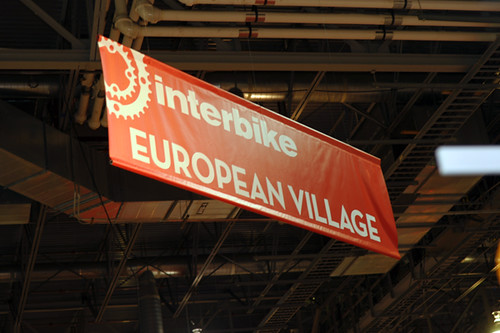





0 comments:
Post a Comment